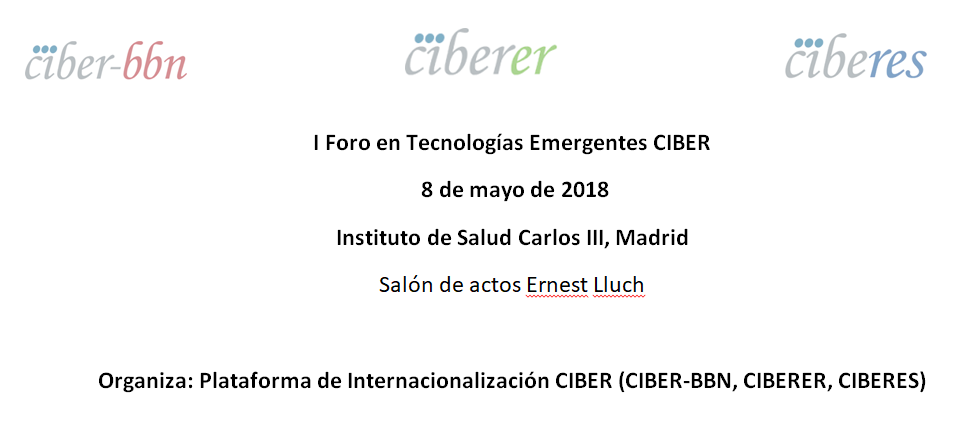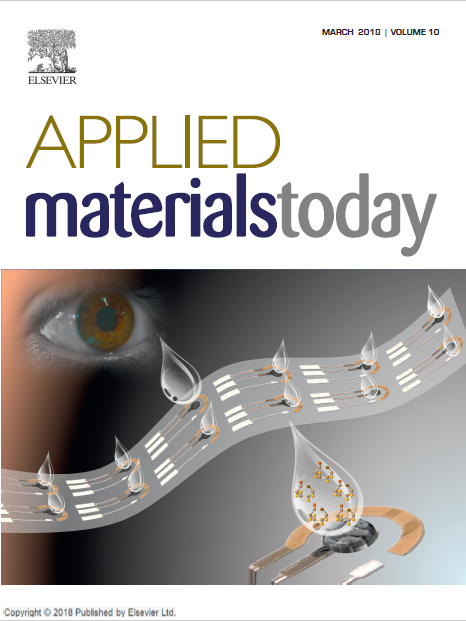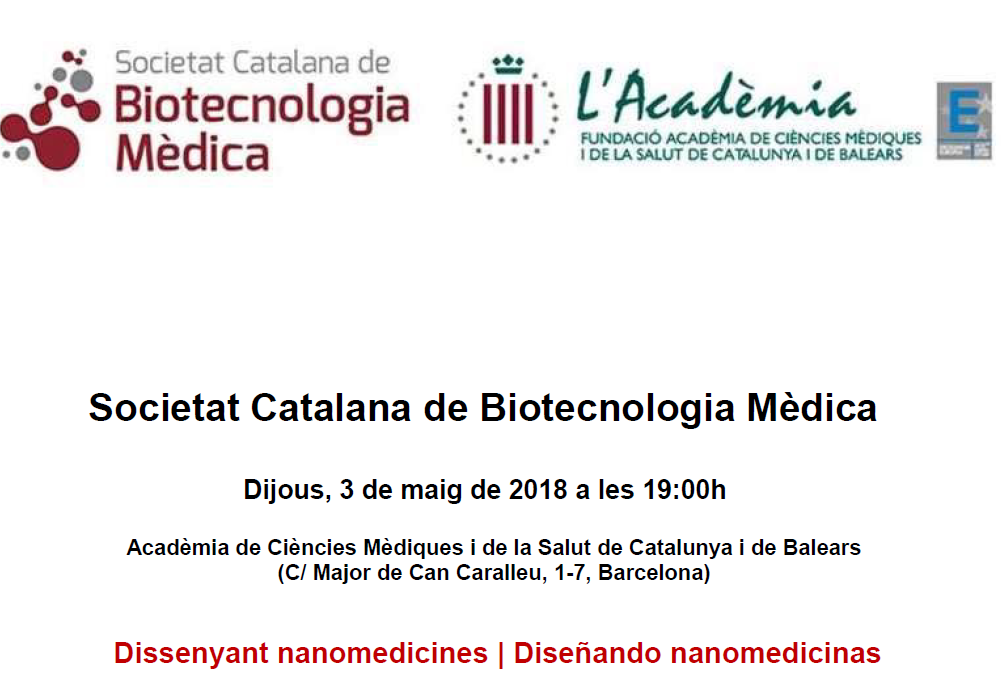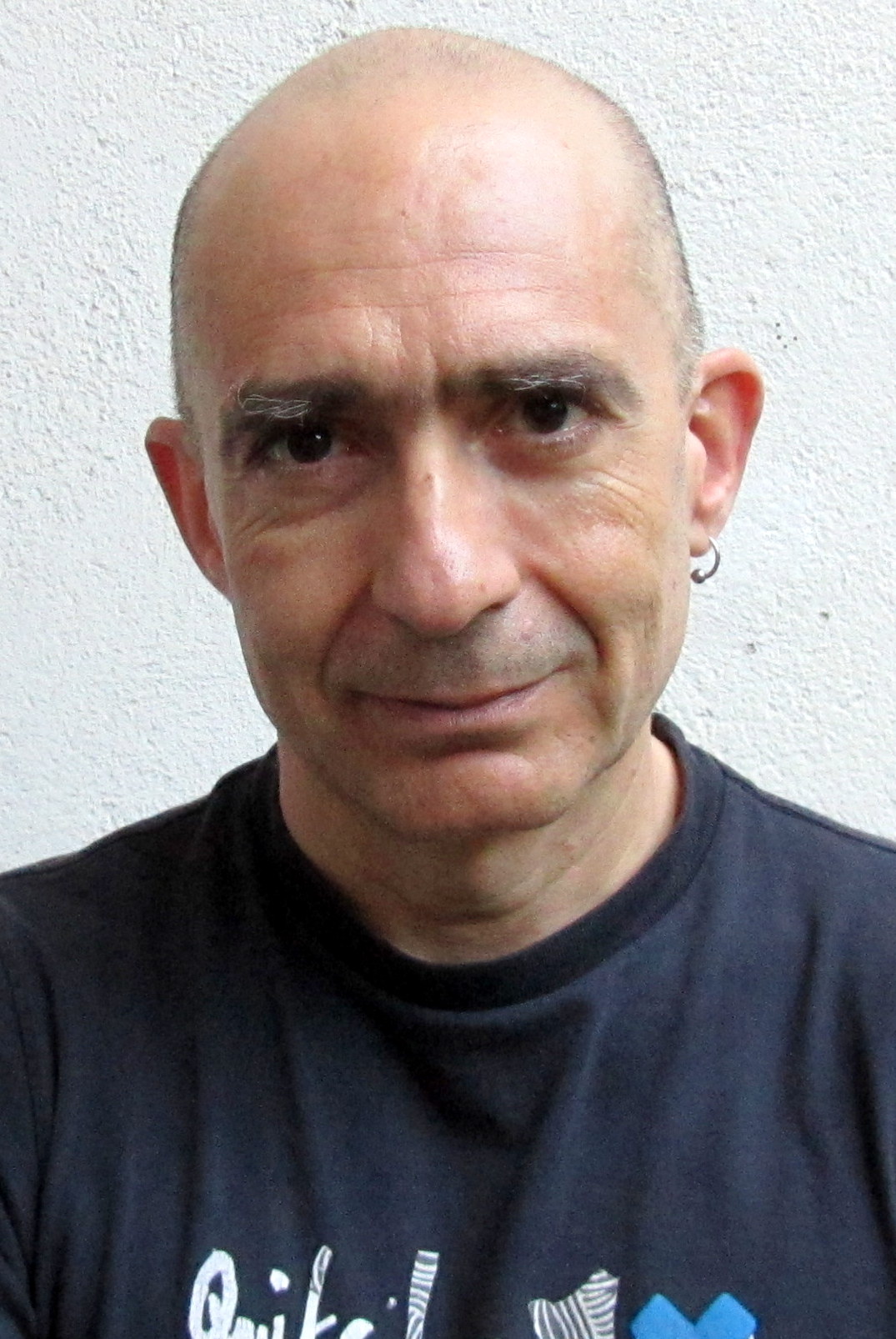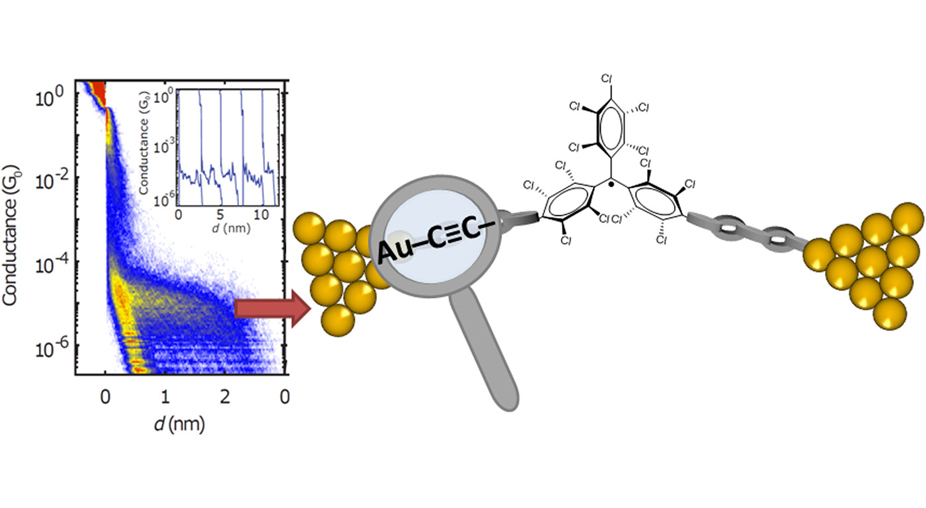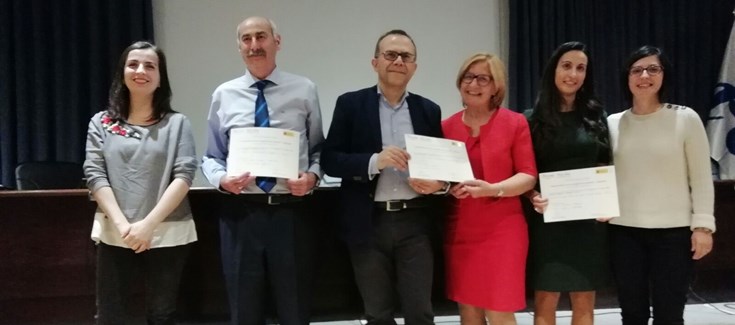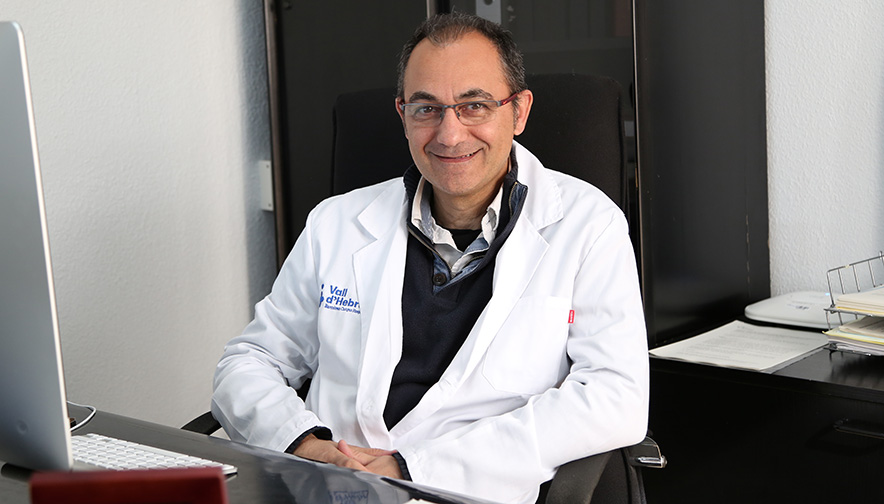I Forum on Emerging Technologies organized by CIBER
On May 8th, will take place in Madrid, at the Assembly Hall Ernest Lluch of the Instituto de Salud Carlos III, organized by CIBER Internationalization Platform (CIBER-BBN, CIBERER, CIBERES) the I Forum on Emerging Technologies.
The objective of this meeting is to promote the exchange of ideas and scientific knowledge among the CIBER research groups with the aim of generating new collaborations for participation in cross-cutting projects and the development of border technologies. The content of the forum, centered on the type of technology and possibilities it offers, is structured in a program of lectures and scientific debates whose final objective is the discussion and the joint generation of ideas. This first edition of the forum will be focused on Gene Therapy, Nanotechnologies and Omic Technologies-Big Data.
Some Units of NANBIOSIS will participate:
- José Luis Pedraz, Scientific Director of Unit 10 Drug Formulation, will speak of “Development of non-viral vectors for gene therapy“
- Laura Lechuga, Scientific Director of Unit 4 Biodepositon and Biodetection, will talk about “Nanodispositive biosensors for advanced clinical diagnosis
- Rosa Villa, Scientific Director of Unit 8 Micro–Nano Technology, Ramón Martínez, Scientific Director of Unit 26 NMR Biomedical Applications II and Esther Pueyo, researcher of U27 High Performance Computer will moderate the sessions.
Programme and registration details
